
Artists Juliet Robson and Rachel Jacobs are creating interventions at Rotherfield Peppard and Kingwood Common to explore how we perceive time in terms of past, present, future, the seasons and our own personal perceptions of time and change, in contrast to the transformations and transitions of the environments that we inhabit.
Future Machine appeared in the Parish of Peppard for the first time at the Spring Equinox, March 20th 2022, to celebrate the end of winter, bringing people together to think about the future and environmental change. Juliet and Rachel also created two special edition artworks that they posted to 100 households in Peppard Village to celebrate the Celandine Day and the Spring Equinox, as winter turned to spring.
Since the Covid-19 lockdown began artists Juliet Robson and Rachel Jacobs have been recording time and the seasons changing in place – during lockdown Juliet photographed and videoed the flora and fauna in the lanes and woods in the vicinity outside her studio in Rotherfield Peppard where she was shielding and Rachel in lockdown on a boat on the River Lea.
Juliet is continuing with this practice, these images and videos will be gradually uploaded into the archive gallery.
See further posts of activities from the past few years below.
Moments In Time, 2017-2018
Juliet Robson
In my practice experimental processes and works often incorporate an economy of means and relatively low tech materials following lines of enquiry, without a specific outcome in mind but a broad framework.One advantage in using these materials is that, I am able to manipulate and construct on a variety of scales adjust make changes, things aren’t fixed so I can go for a flow chart or Venn diagram approach where experiments and works influence each other in a cyclical way if necessary.
Doesn’t shut down what the end product can be too soon.Work is often site specific or site responsive in some way and often questions our perception of the world around us and how we make sense of it by putting it in categories with almost a tick box approach.Often being site specific installations, means that work is temporal, existing only for the time it’s where ever it’s sited.
This approach to my work is married to research and critical which inflects making and via versa.Rather than reducing work to a dry intellectual exercise though, I am seeking to create something experiential without a heavy hand, a space for open, generous dialogue and reflection. Not necessarily verbal dialogue.These are some of the things about my practice that Rachel was keen to explore with me through the time we spent together.
We had three days in total over three seasons. We wanted to keep the ‘workshops’ open and experimental without the pressure of an end goal but to give the time some boundaries.We have talked about the construct of time a lot over the years and this became our broad framework. We also decided to site the workshops in and around my studio, the rather wild garden and its wider location which includes beech woods and importantly the local pub at the end of my wooded lane
Autumn: September
The first thing we did was brainstormed: In mind, we had Rachel’s ideas about the Performing The Future project, the theme of time and our location. A few and only a few of the things we talked about were:
Seasonal – at the time it was late autumn and the Rowan berries were in full glory.
Pace of time – how time can seem fast or slow depending on the activity or state of mind.
Time being non- linear, past being present and vica versa.
Time capsules – could we make time capsules? What are time capsules, the squirrels were burying nuts which are one of nature’s beautifully designed capsules.
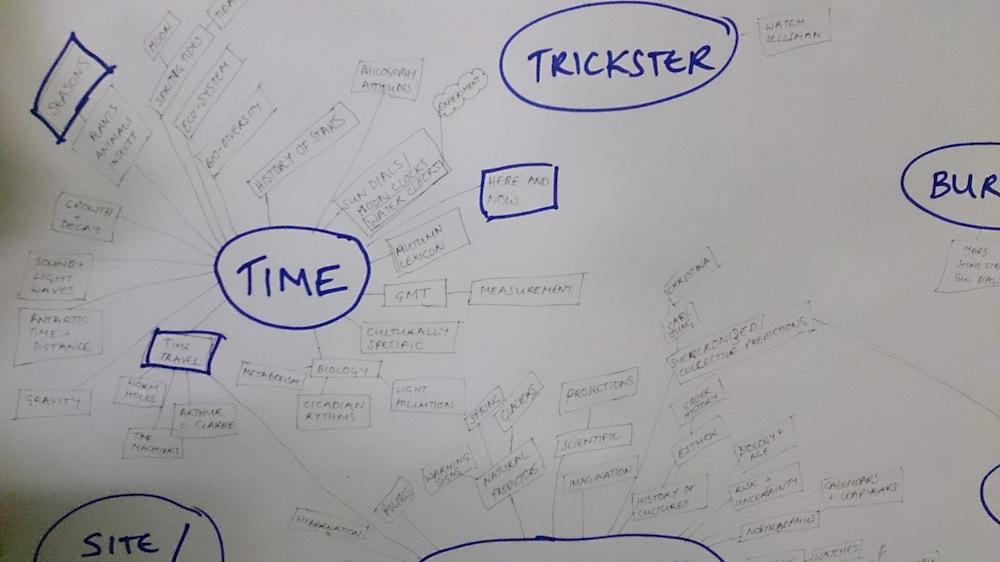
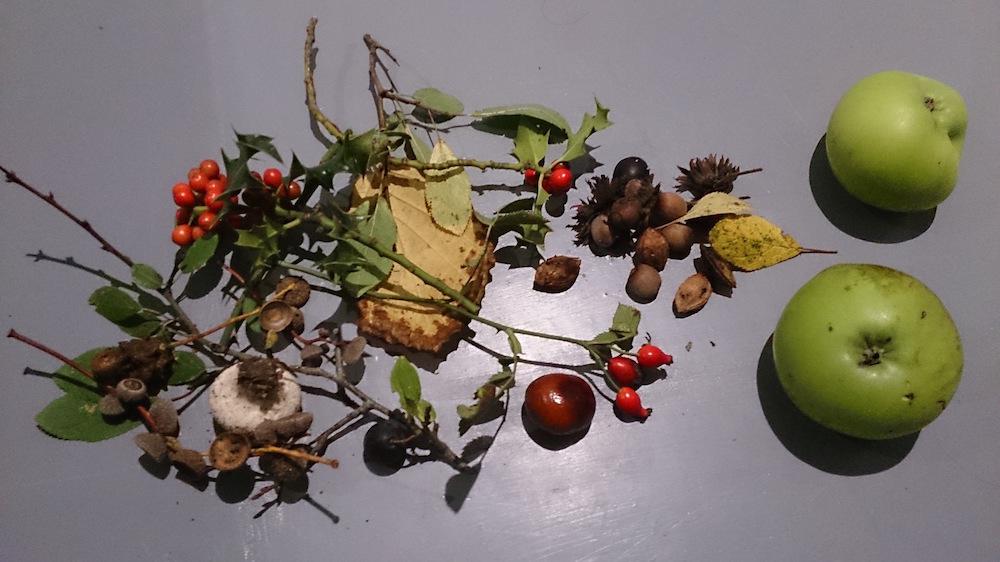
Rituals of time. Again, brought us to seasons and burying.
We had bought some watches and decided to bury them to see how it affected them and how the season would affect their timekeeping. Whether natures timeclock would usurp our construct of time. It felt like the beginning of something and that we had created our own ritual which would be repeated with the digging up and re- burying of the watches over the 3 sessions.
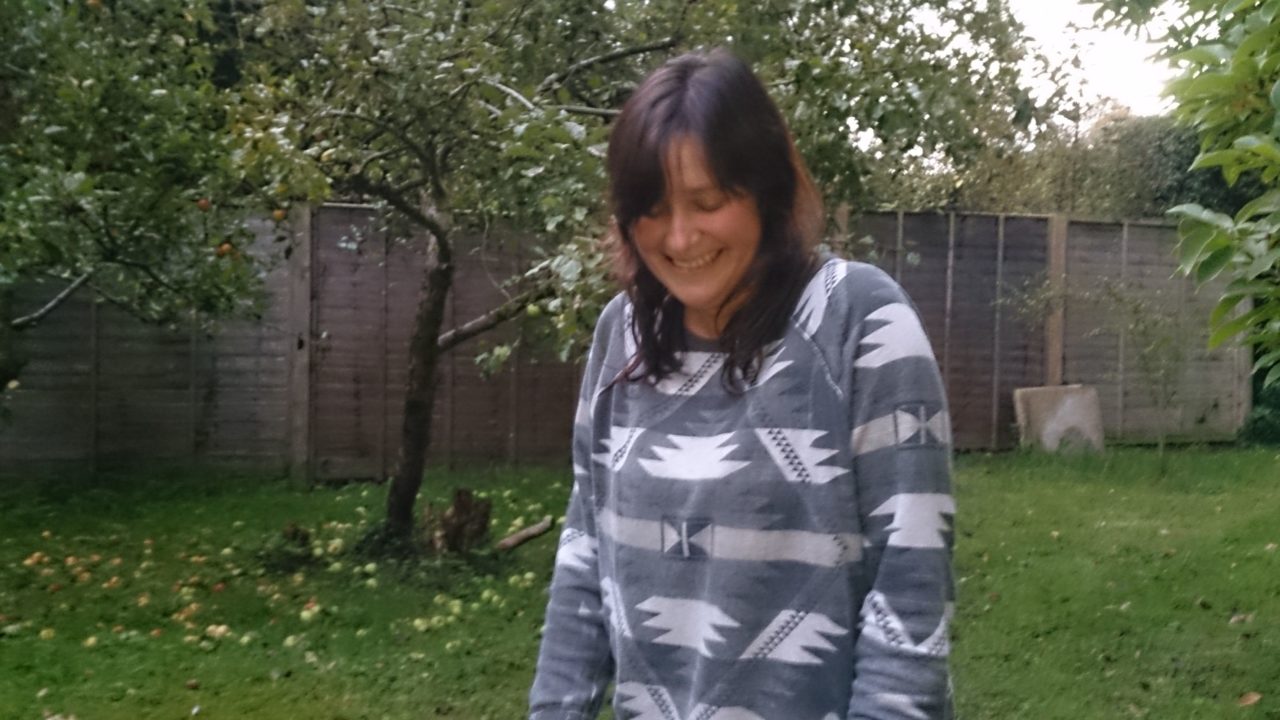
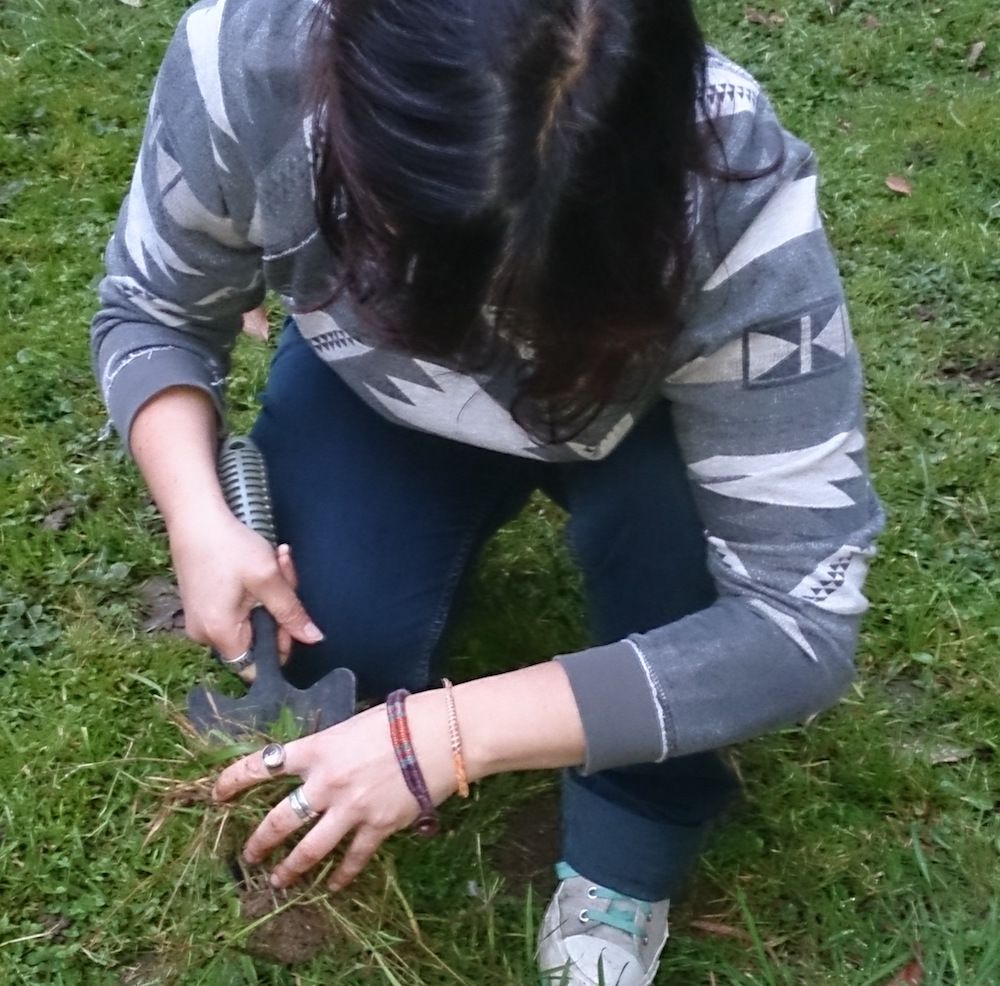
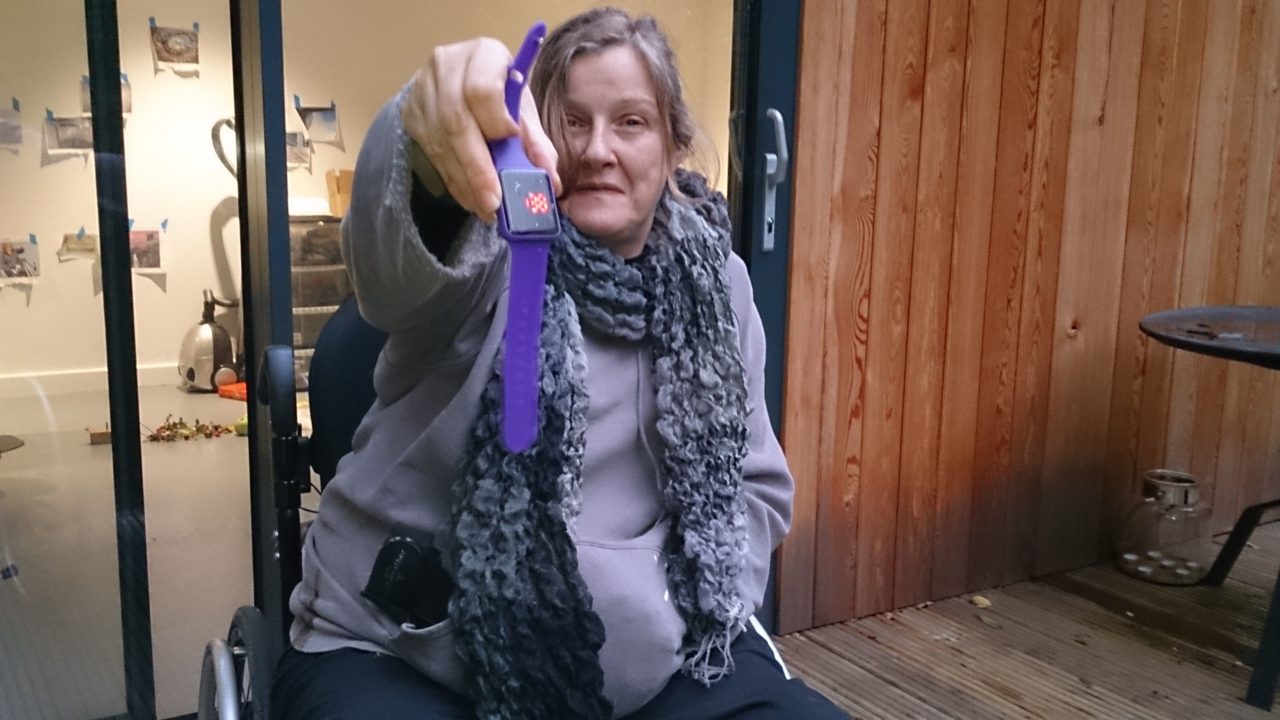
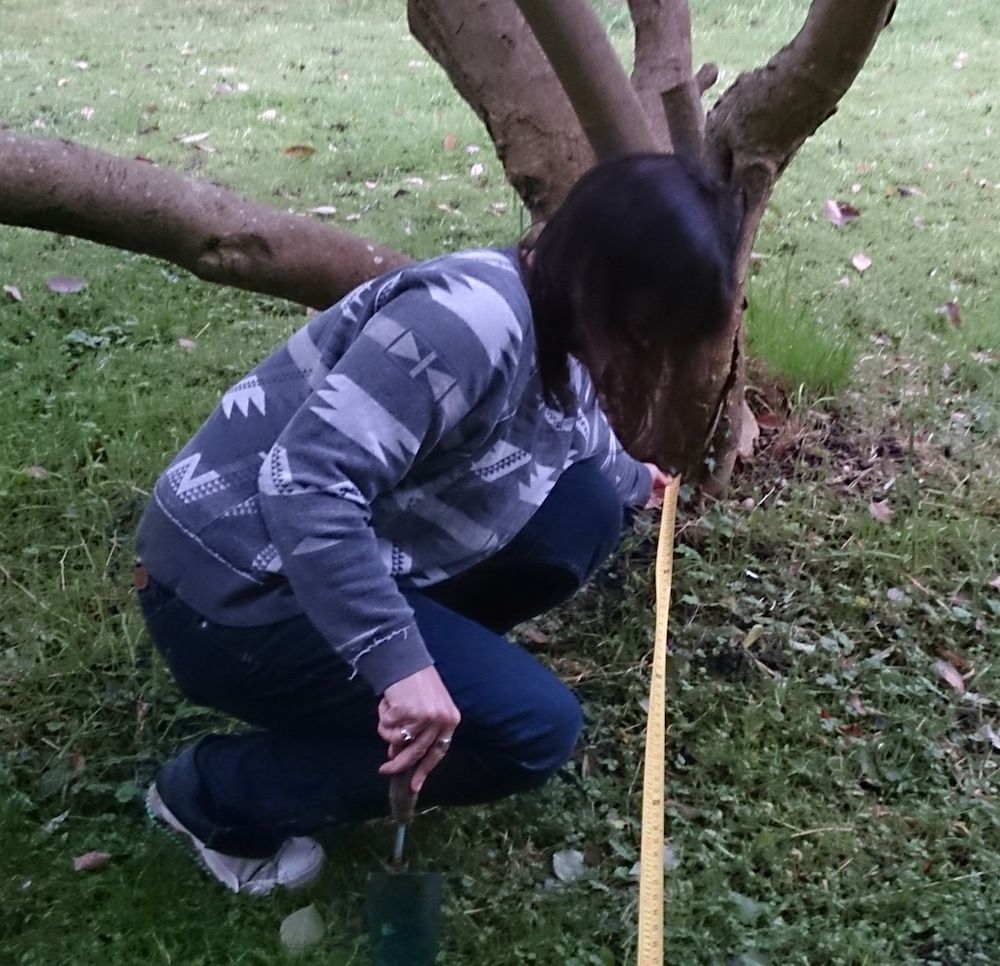
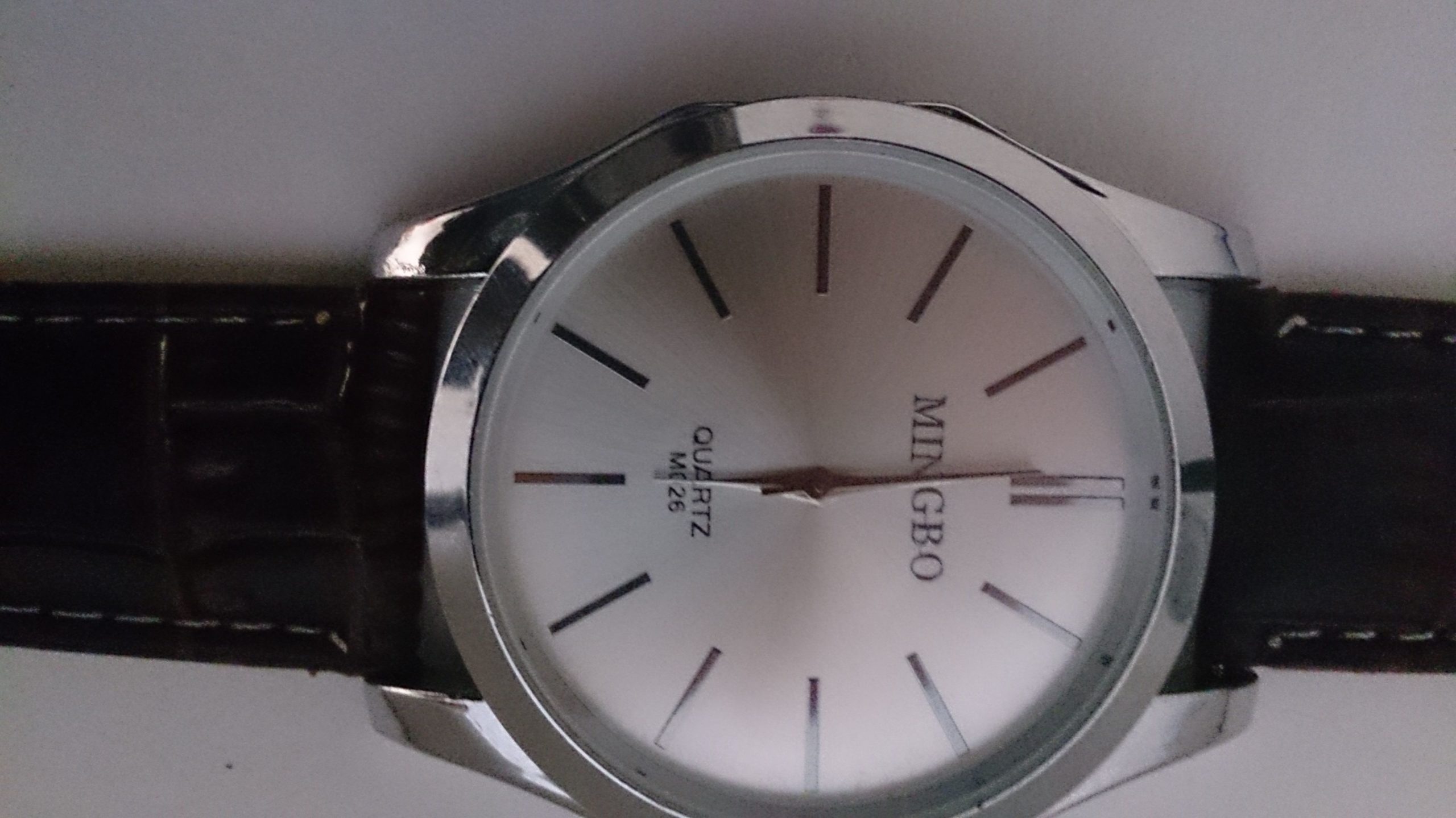
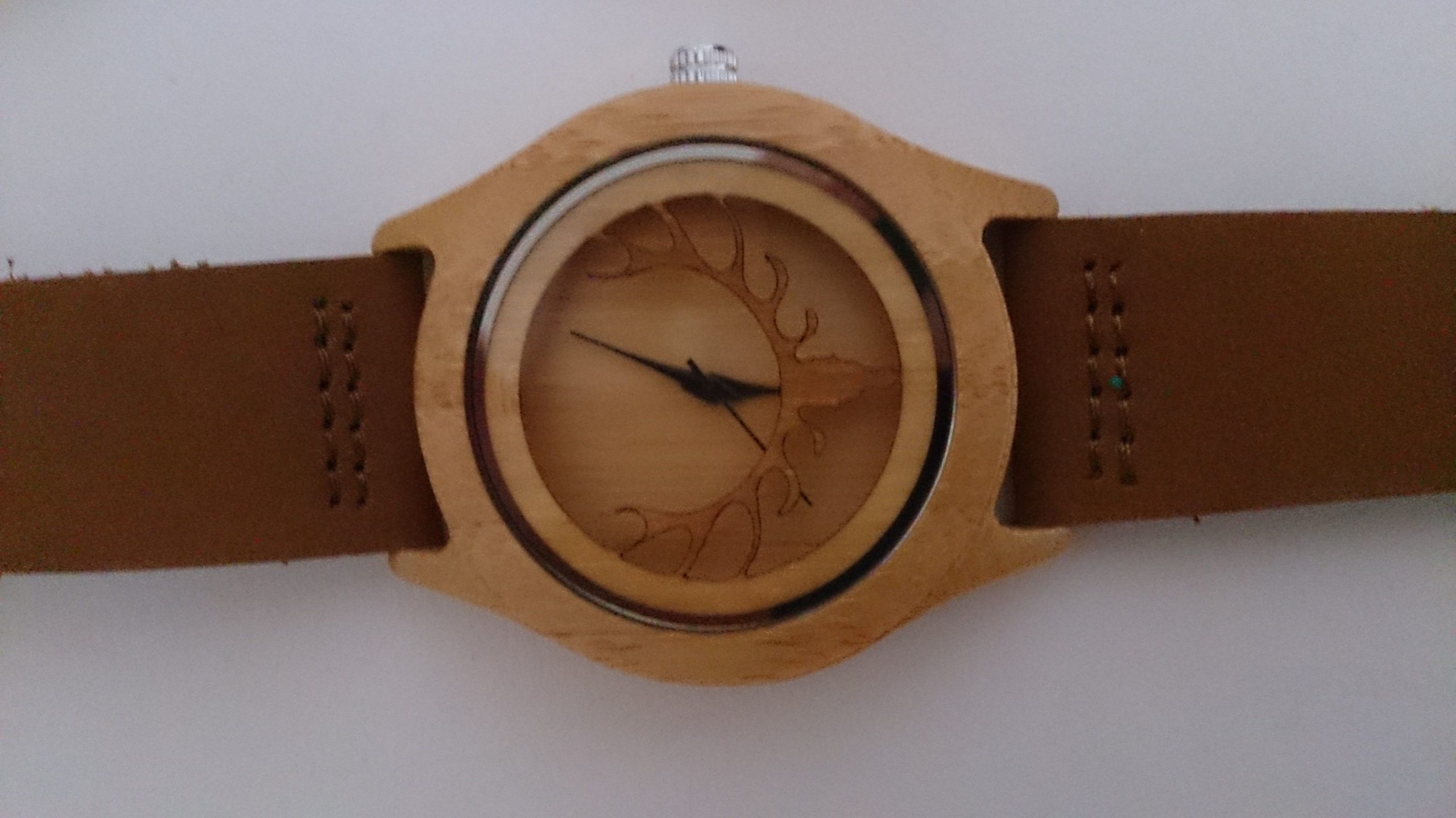
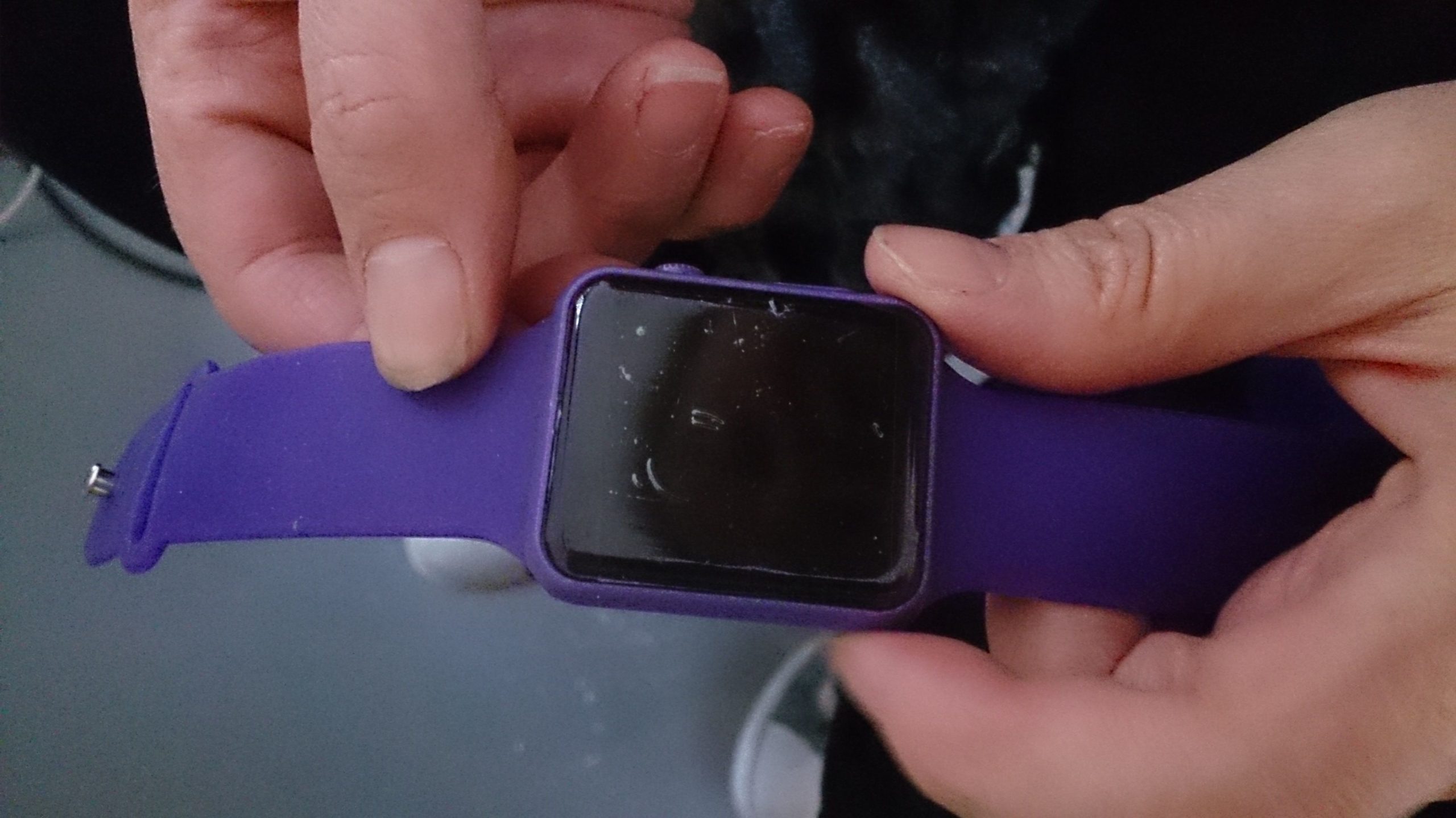
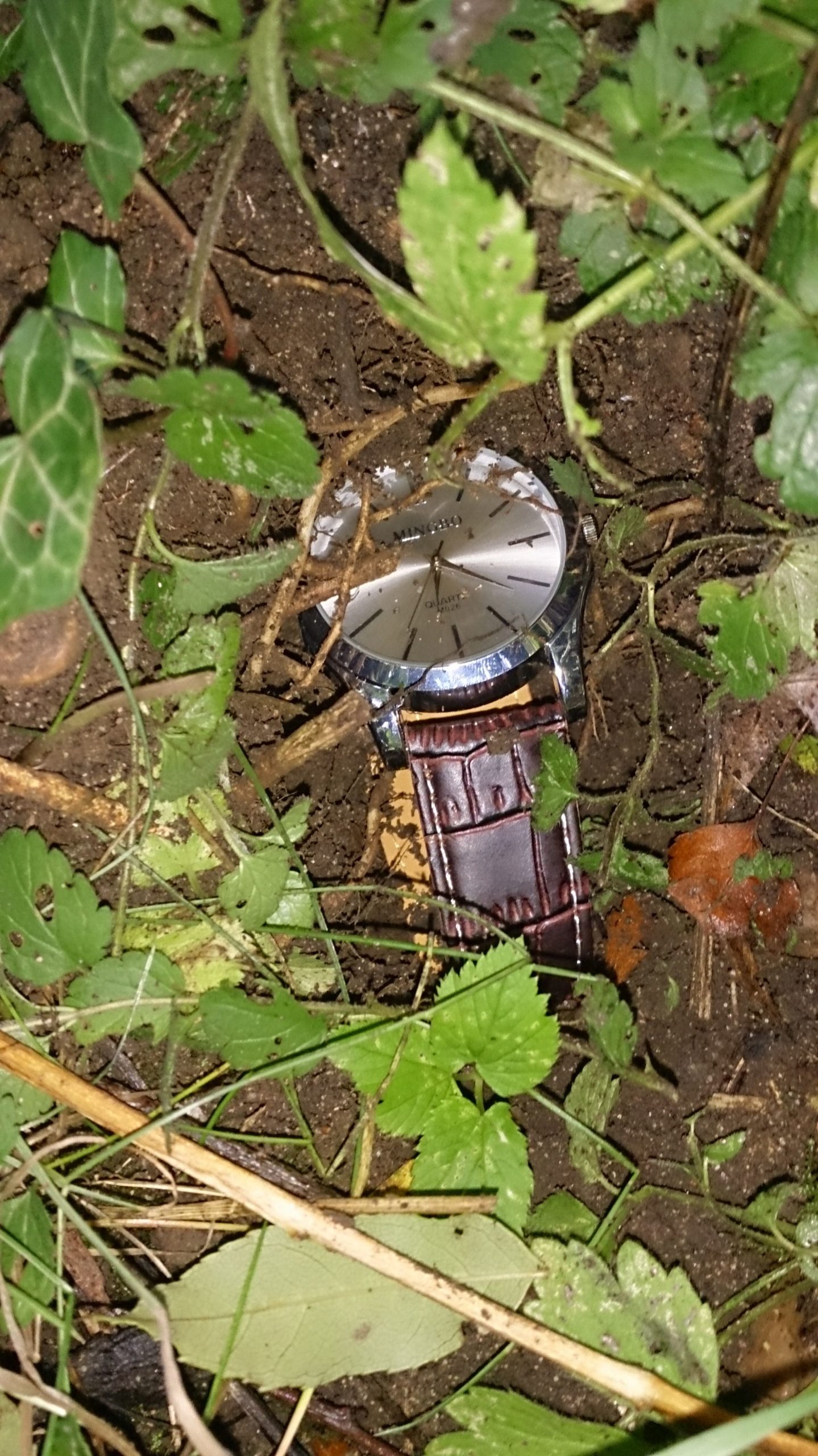
Having captured some moments of the ‘ritual’ with photographs we decided we should also incorporate another ritual into the seasonal workshops and go for a walk each time.
That day we walked in the wood and lanes around my house, at that time of day the dog walkers were out and we stopped and took a moment to chat to a few of them.
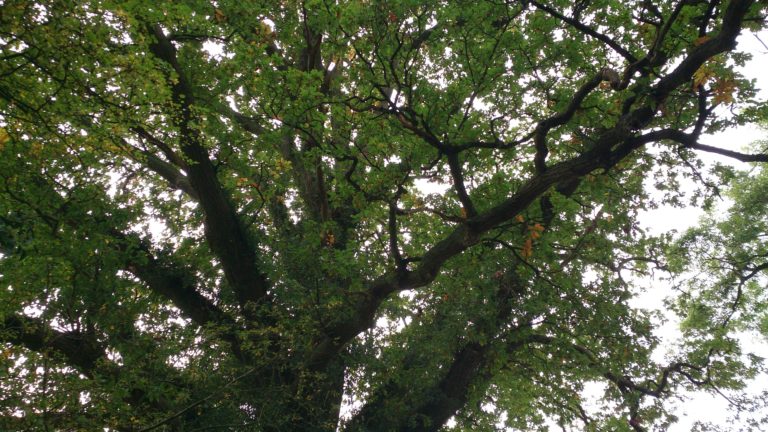
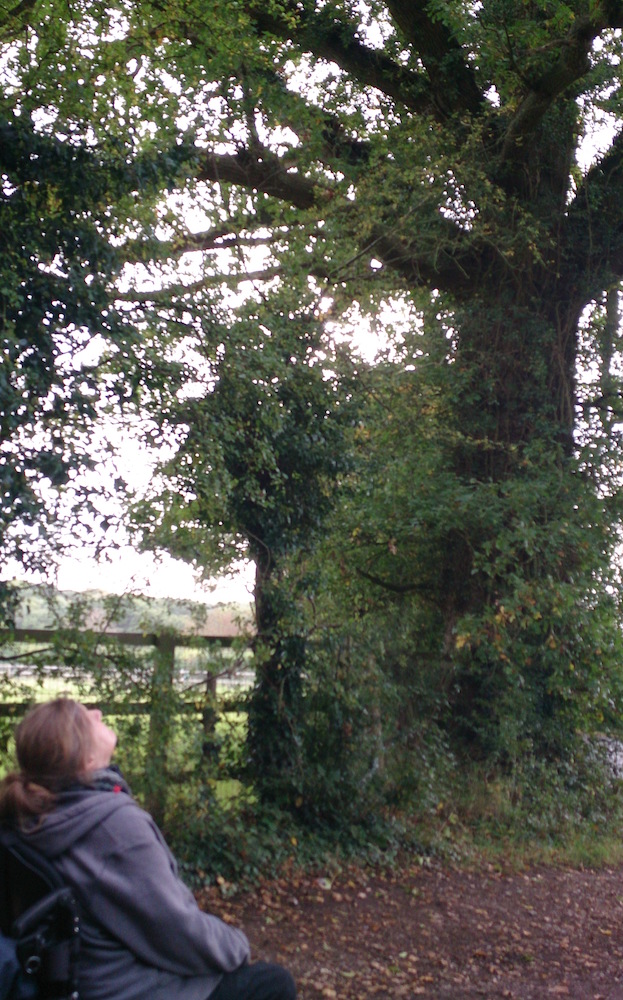
Coming back we felt we had made a start a very open ended start with a rich variety of ideas and thoughts that we could take away and let percolate over the next few weeks and months.
Late winter early spring: 5th March
The things that had stuck in our mind for the next workshop day from our brainstorm were:
The watches
Water clocks, ancient, modern and future and…
The previous walk had given us a quality of noticing as well as a sense of being in that moment and place of time rather than worrying about the end of the workshops.
We also appreciated that there was enough material whether that be physical material or the effects of time on us and our immediate environment to generate experiments without going to great lengths to bring material in.
The snowdrops were out and an early daff was having a go.
On the way down to the studio we passed the pond which was covered in ice, the weather had deemed fit to prevent Rachel coming the week before by snowing me in and hindering the UKs transport systems.
The snow had melted but the pond was covered with ice. The closer we looked the more beautiful and intricate it became, a moment of frozen time. Looking closely, it became a frozen landscape with canyons and vegetation caught out and encased temporarily in ice.
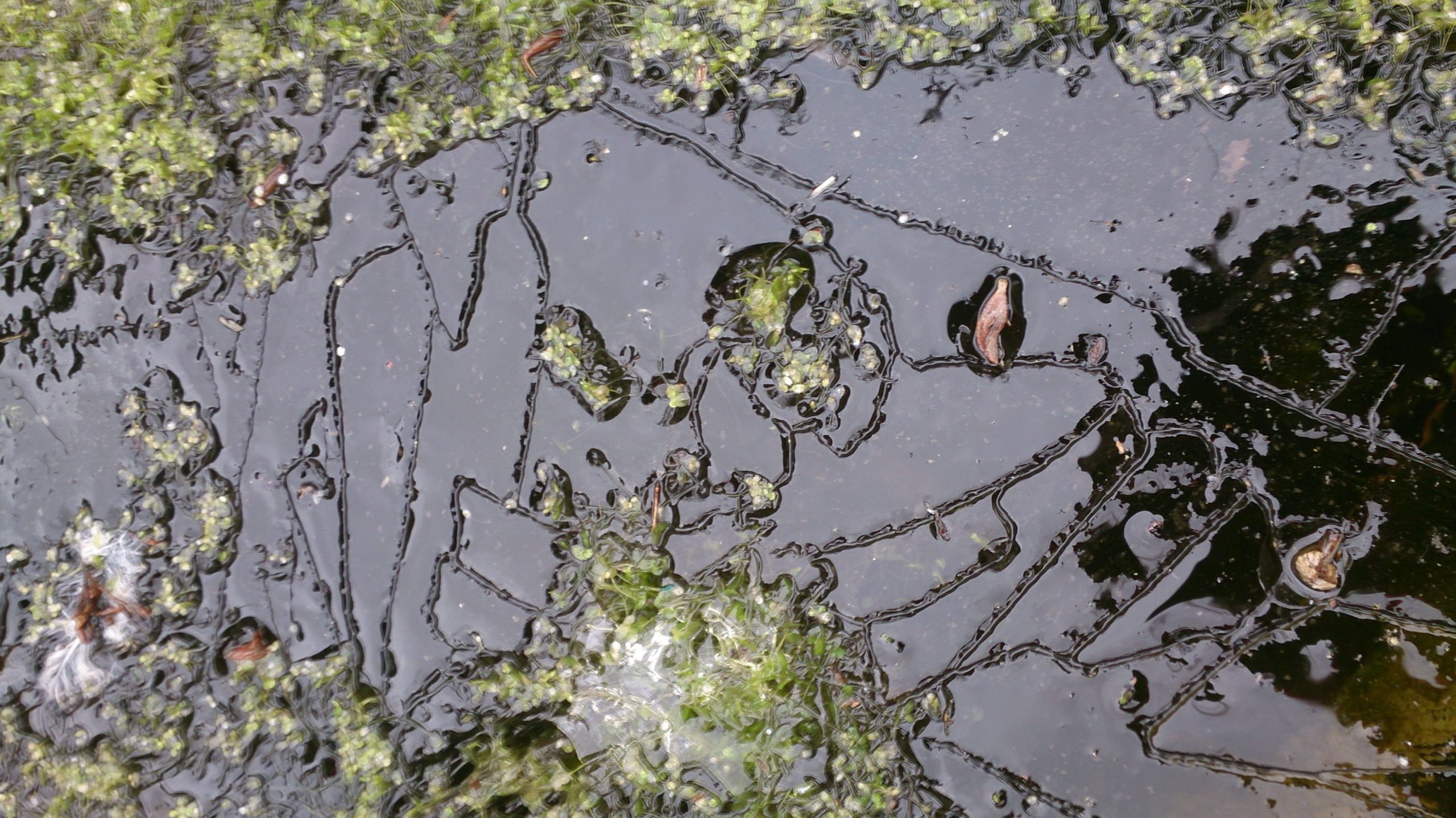
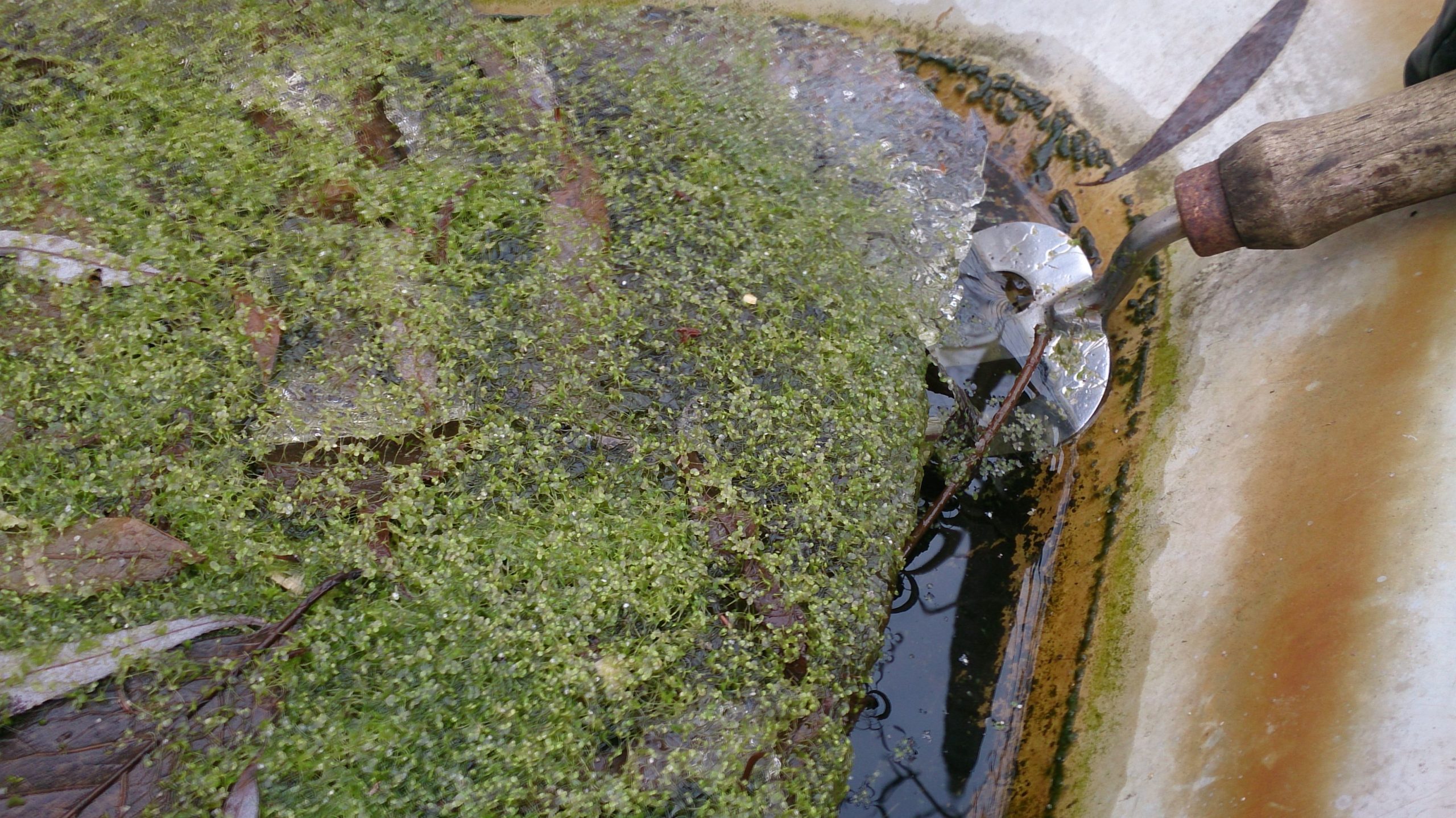
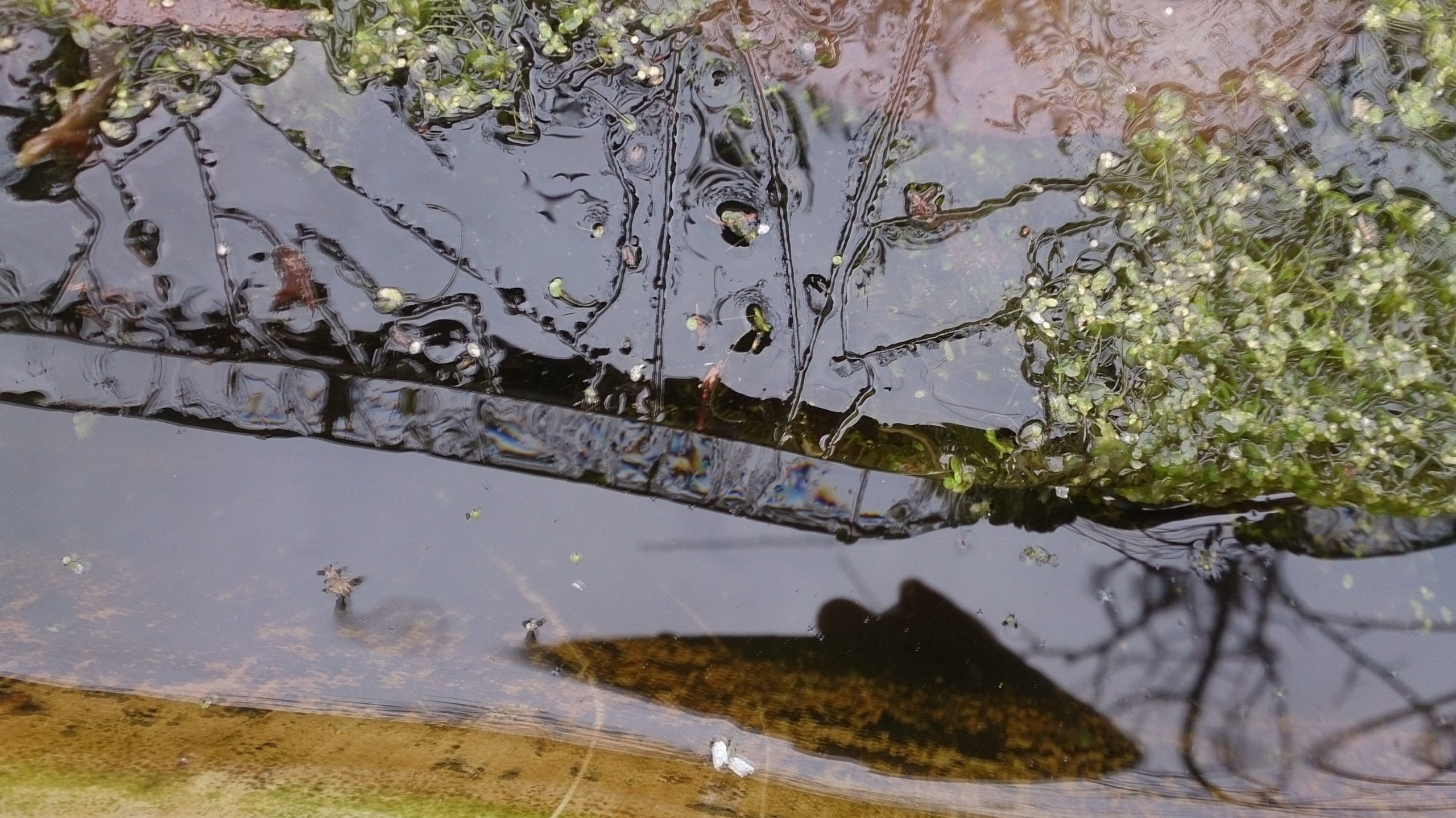
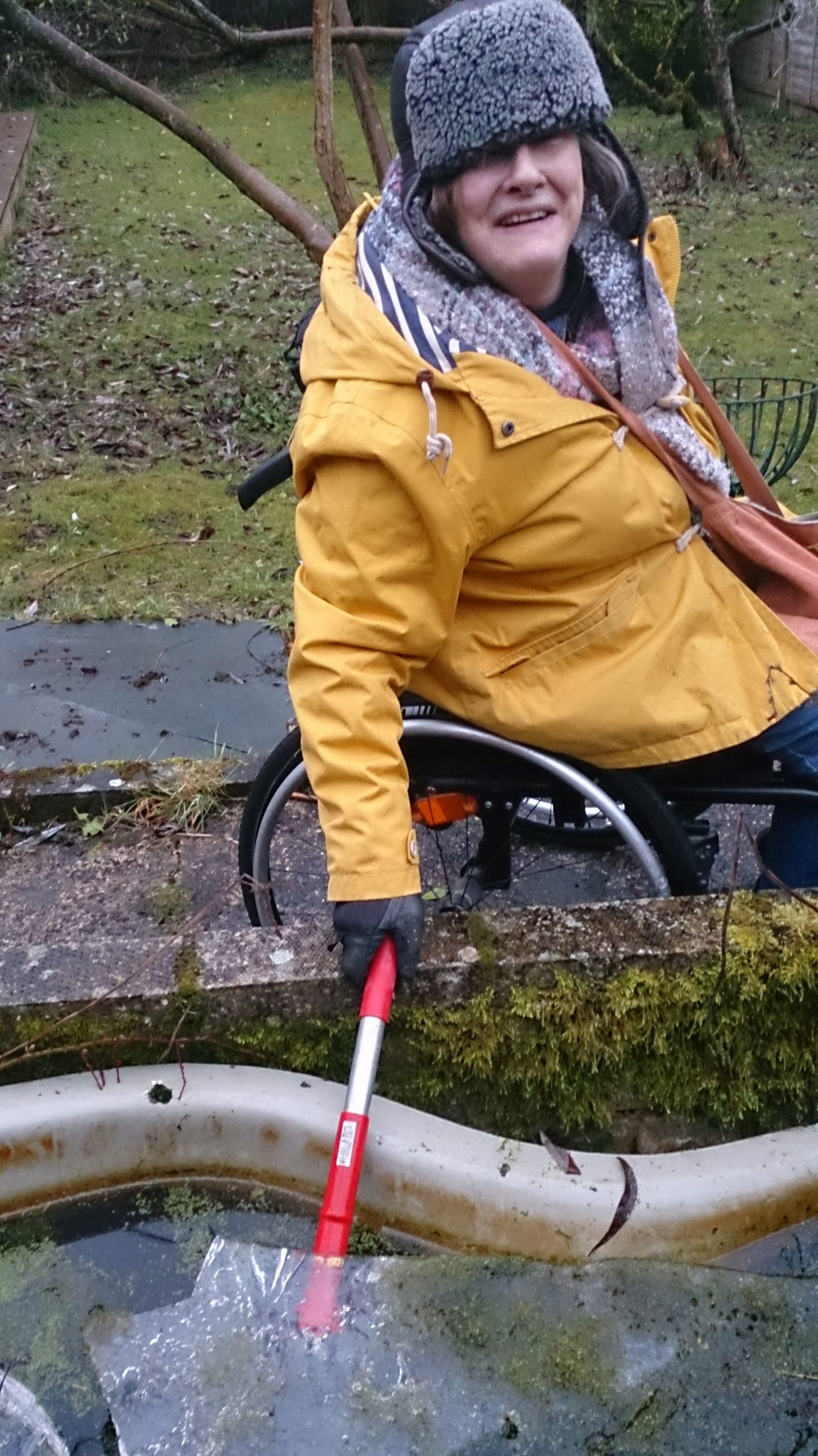
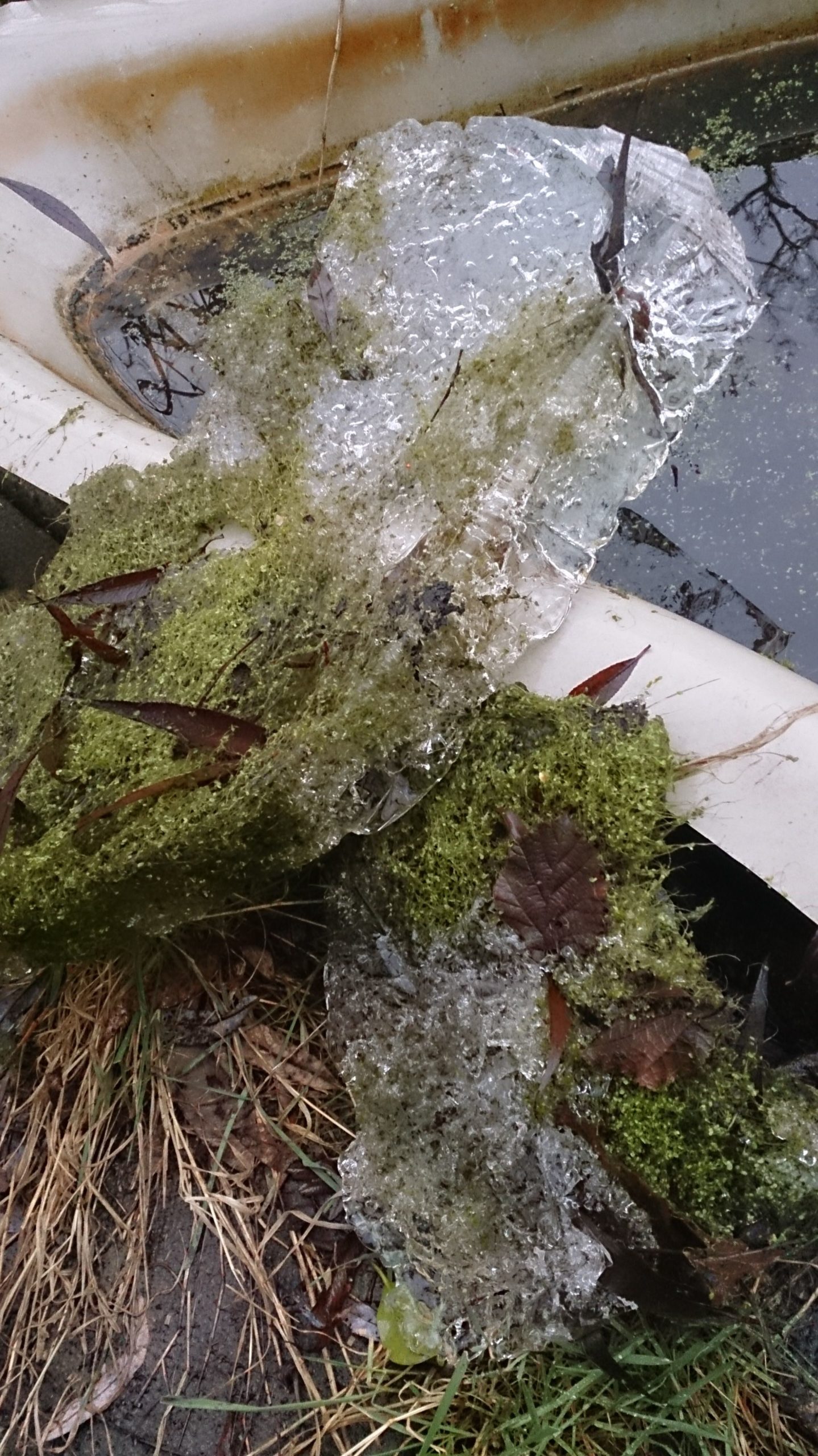
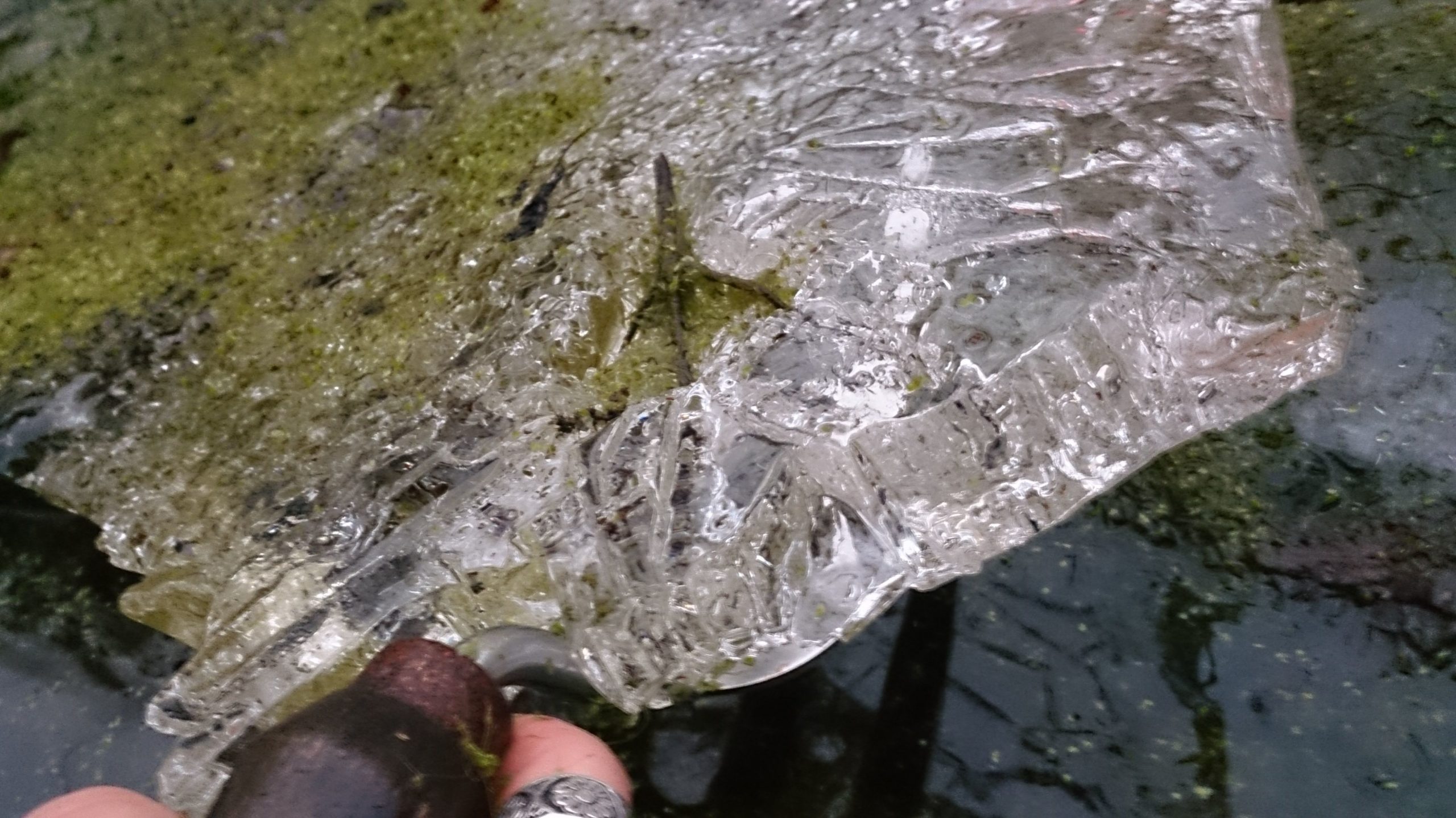
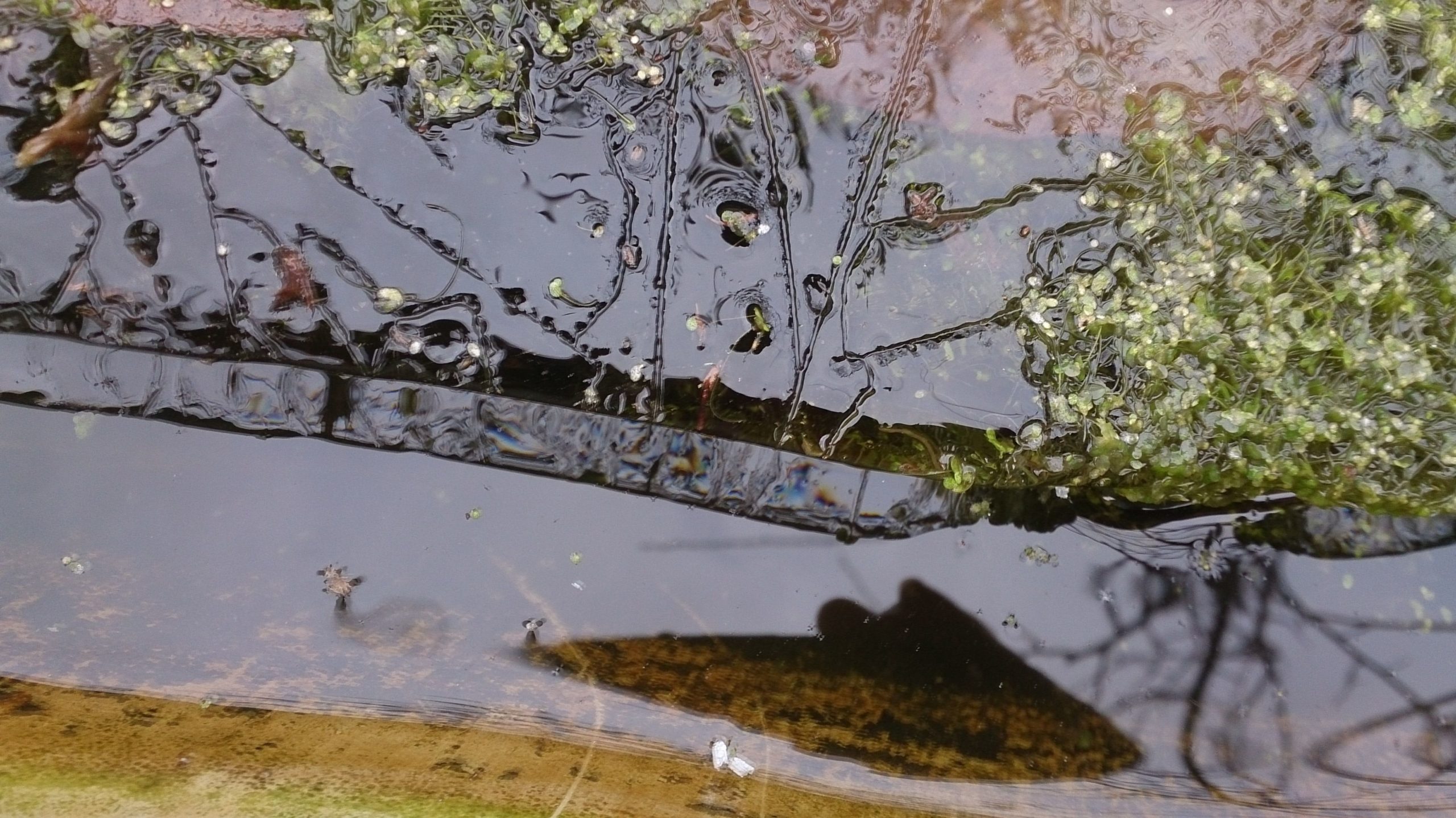
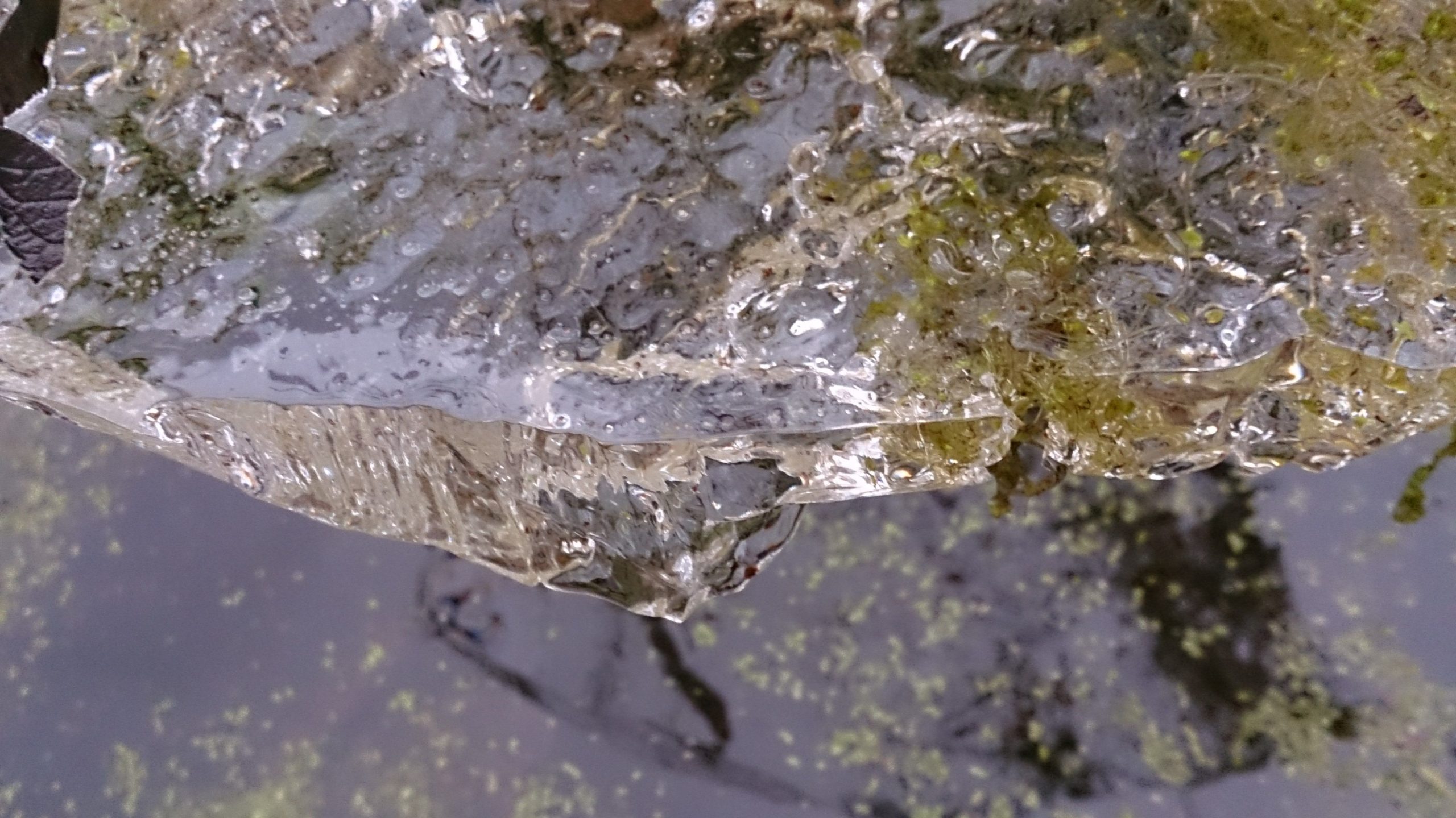
Summer: 18th May
We were back in the garden on the 18th May. Beautiful blue skies, warm with little wind.
We had been thinking more and more over the last two workshops about the process of time and how the future is not a far distant thing but now……… and……..now……..and ….now and so on, it’s creeps continuously up on us.
Months had gone by since the first workshop. It felt like no time at all but our surroundings had changed dramatically, the Magnolia had come and gone as had the snow drops and many primroses, the lilac was in full bloom and scenting the air and the laburnum was turning into a waterfall of yellow light.
The pond was now liquid and covered in tiny green leaves of pond weed – Where did that come from it wasn’t there last year.
The magnolia created romantic lace shadows on the decking while the garden table and structure of the studio windows created formal distinct graphics.
We had been thinking about sundials their history and variety. We decided to use the shadows created on the wooden walkway to the studio and studio floor as a sundial base and trace with different toned pastels the shadows progress every hour.
It felt like an attempt to perform the future or at least notice it’s increments and track it as it moved across the landscape over the day.
By the time we’d got to the end of our respective section each time the shadow that we’d started with had moved on. We were playing catch up with light, shade and time. We had focused in on that moment and were staying with it as it moved on. At different times over the afternoon as the sun moved overhead the shadows moved faster or slower and lengthened. It was a bit like painting the Severn Bridge.
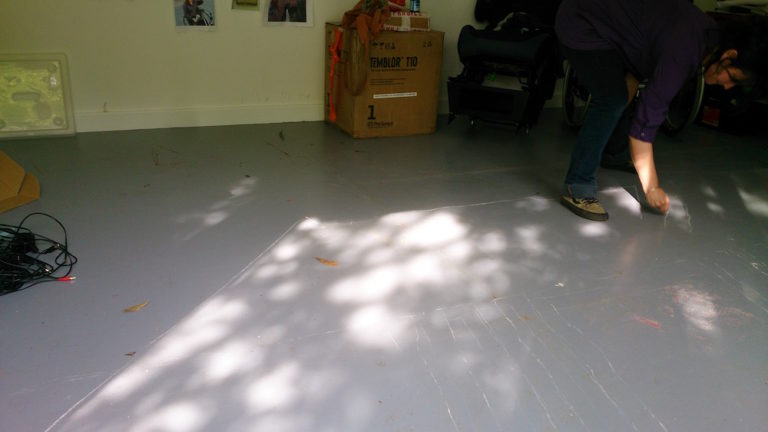
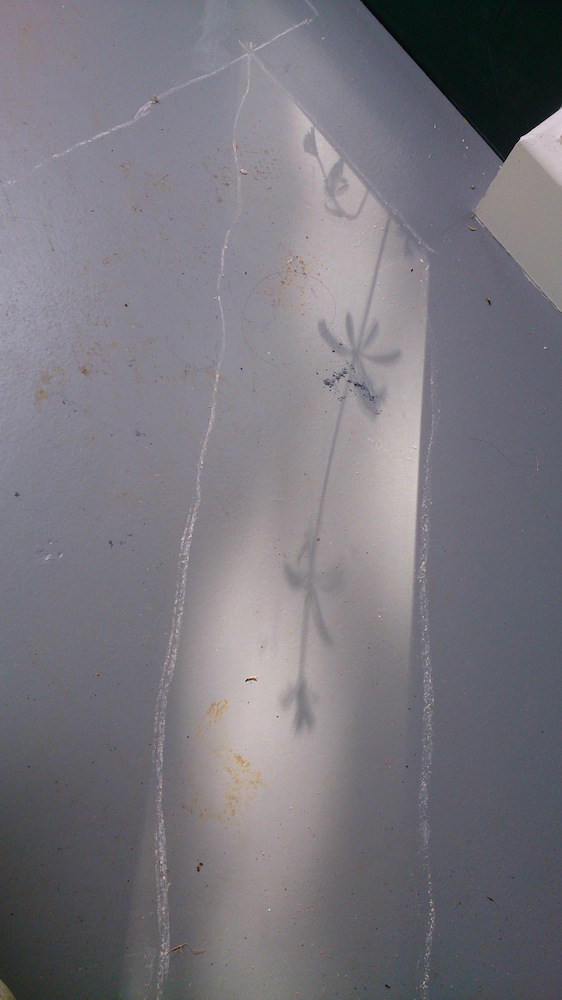
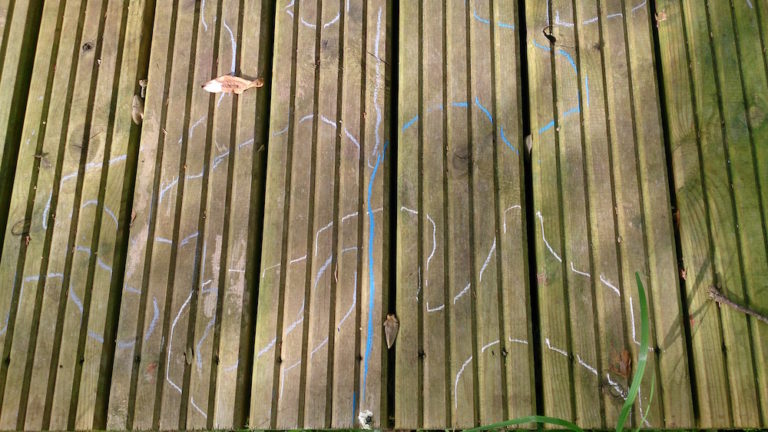
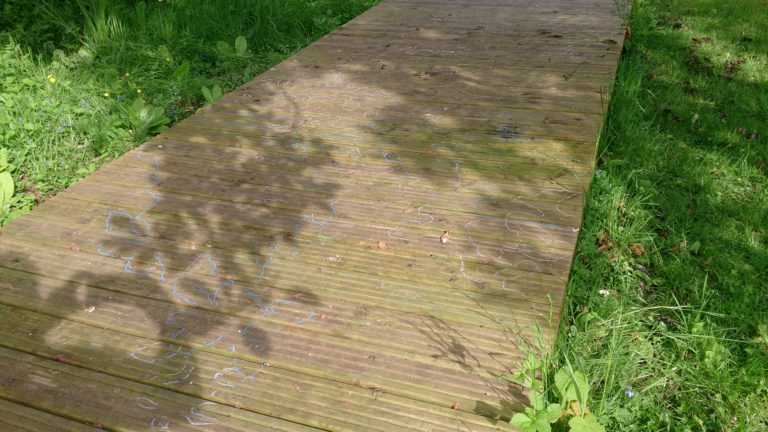
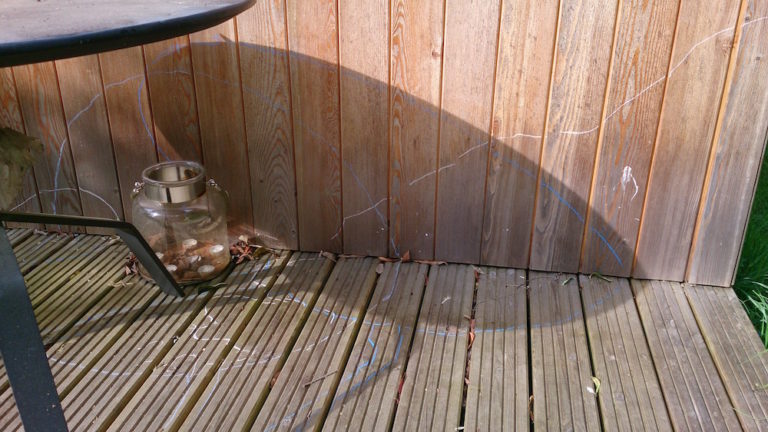
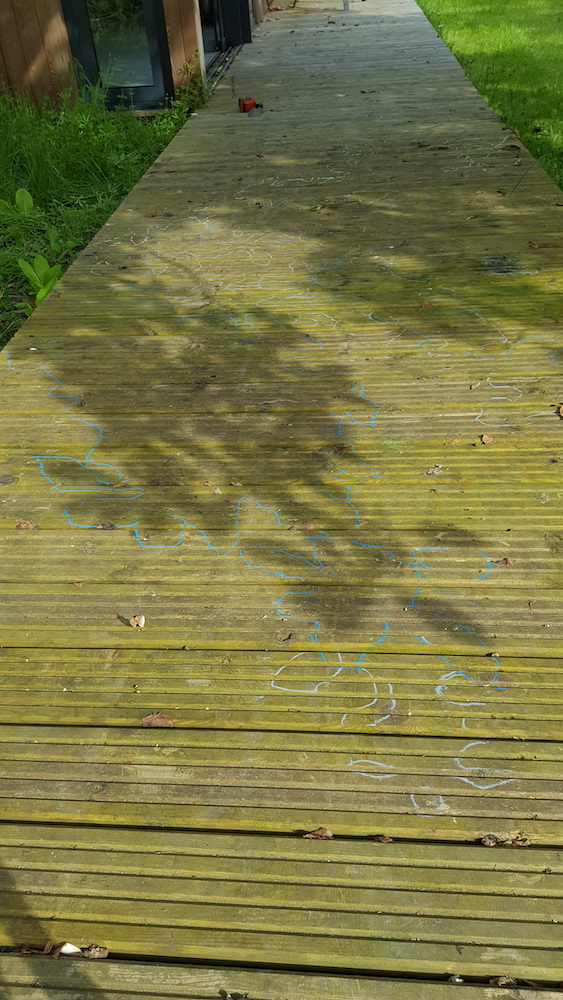
We went for a walk in the ancient wood of Kingwood next to my house and on the way back stopped off at The Unicorn pub.
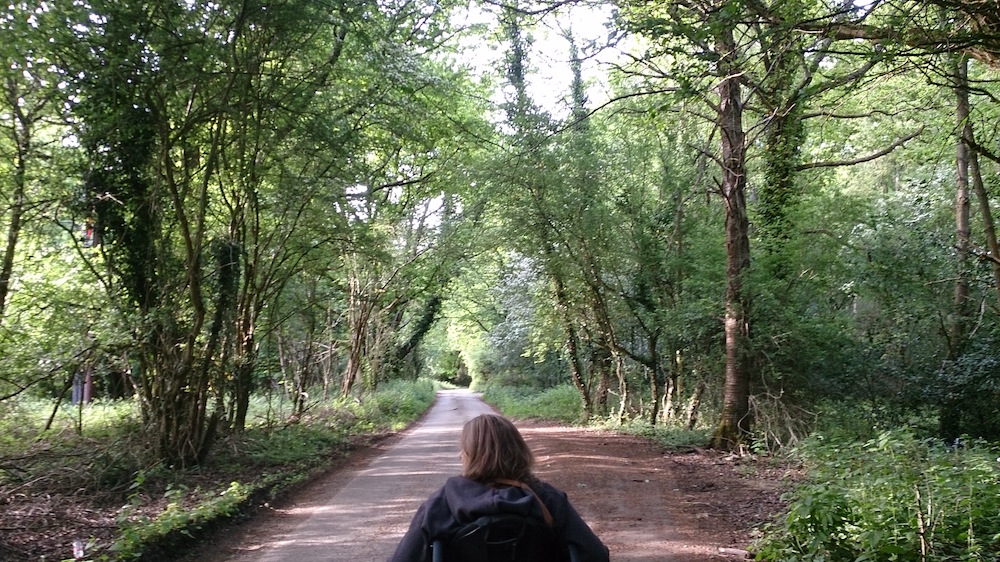
The walls of the Unicorn have photos on the walls of various stages it’s life from sepia shots with the dirt road and horse and carriage to present day and the saving of the pub celebrations village took on Brakespears to stop it shutting the pub and turning it into an unaffordable private home.
While sitting outside whiling away a bit of time, watching the small world of Kingwood turn and the quality of light change and shadows lengthen we were joined by ‘the brothers’ who I have known from the pub for over 30 years. We don’t know each other’s names they are pub friends.
The brothers now in their 80’s and 90’s were born in what used to be a farmer’s tenant’s cottage just down the lane from the pub. Over the years I have picked their brains about what it used to be like around here and what has changed.
We have a local shop, 3 pubs, a primary school, a cricket pavilion and a memorial hall.
Since I have been here the post office has closed and according to the brothers there used to be a butchers a fishmongers and other trades.
There used to be 11 pubs in walking distance, a number of them independent. Two still are, The Black Horse is my favourite: drinks served through a hatch from the back, a packet of crisps if you’re lucky and one small bar that doubles up as the owners sitting room.
When they were young ‘the brothers’ would go down the lane to the crossroads and wait all afternoon in hopes of seeing a real motorcar.
As usual for that time of year we got to comparing notes about how our veg was doing that year.
We invariably end up talking broad beans, which I hate and ‘the brothers’ love, and courgettes which ‘the brothers’ hate and I love.
Having got that out the way we got onto the weather.
One of ‘the brothers’ has been keeping a diary on the weather and temperatures since 1979.
Rachel asked if he had seen any gradual change in climate over that time. ooh, I thought, that would be interesting, there may be something in this for the project.
It didn’t take him long to think about it – ‘nah’ he said.
We chatted about his memories of heatwaves and unusually cold winters.
We got on to talking about the Winter Fairs that used to be held in London on a frozen and were all glad if was before any of our times.
Then the other brother told us that he keeps a log of sun spots and solar flare activity. Ok, I thought I won’t ask him if he’s noticed it affecting the weather over the years……’It affects the weather’ he said ‘we’ll be going through a cold period soon, but not as bad as when they held the Winter Fairs.
We came back and dug up the watches ………. still no wooden watch not for lack of trying. The earth had taken it as an offering.
We moved on to dig up the watches:
The plastic digital one had not changed much and was still working
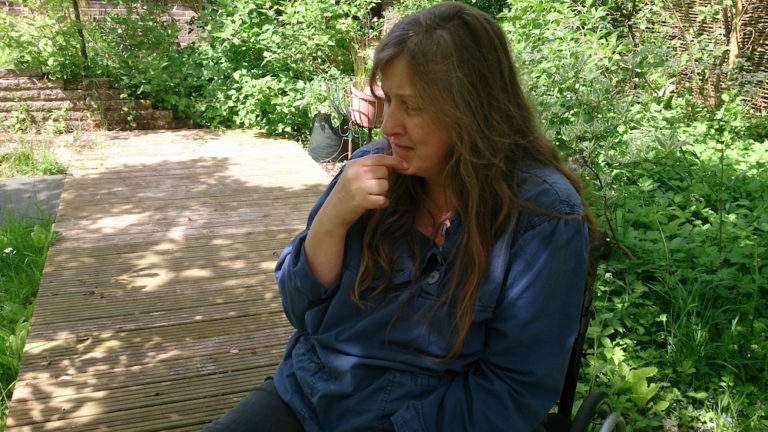
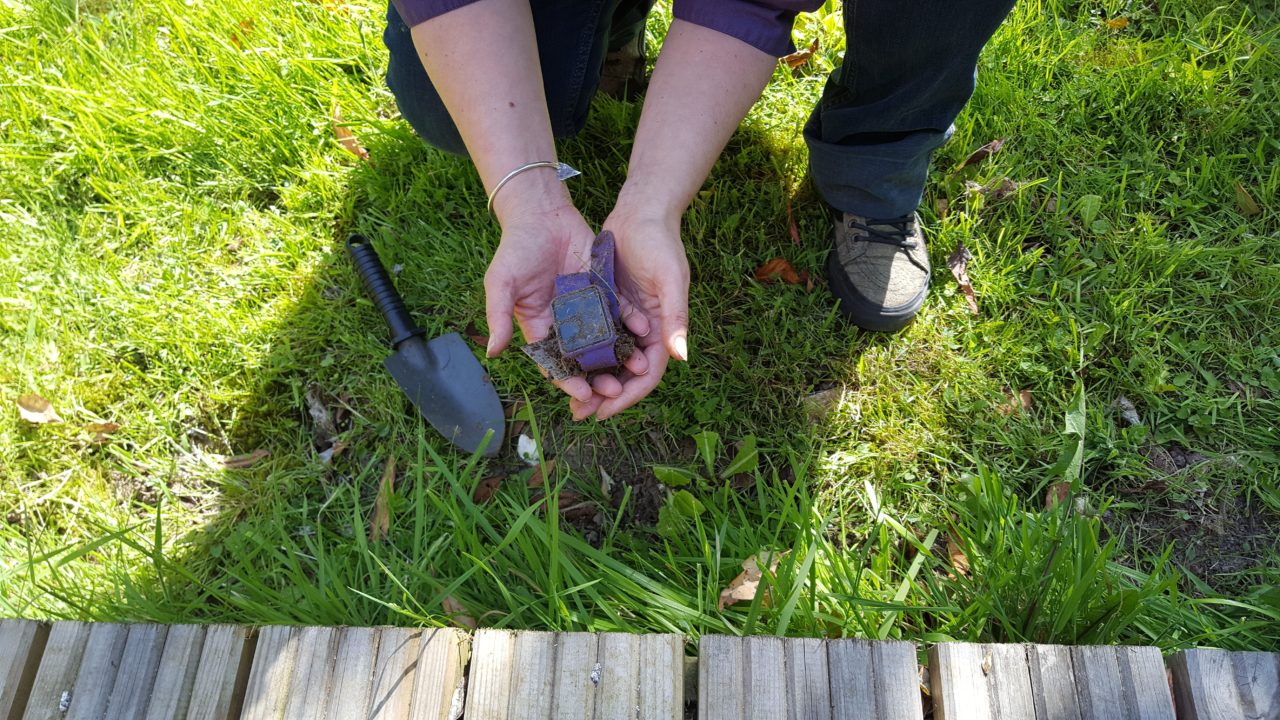
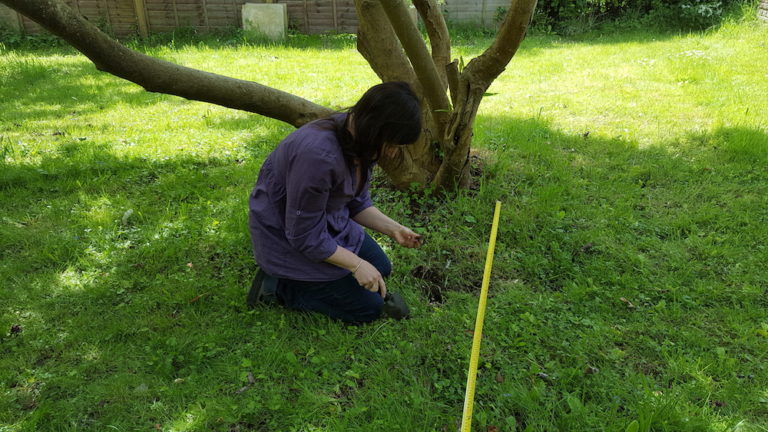
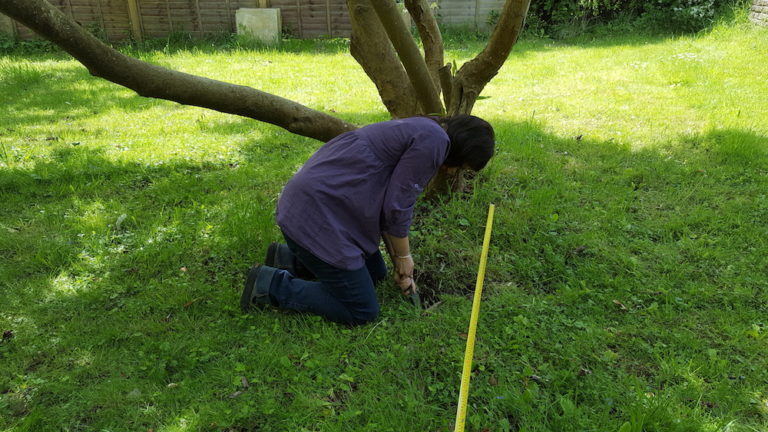

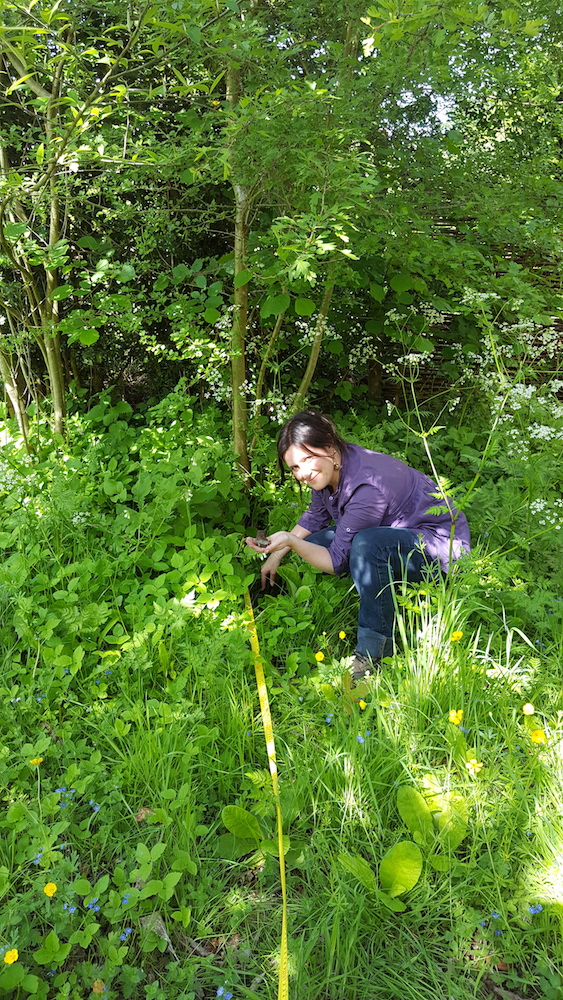
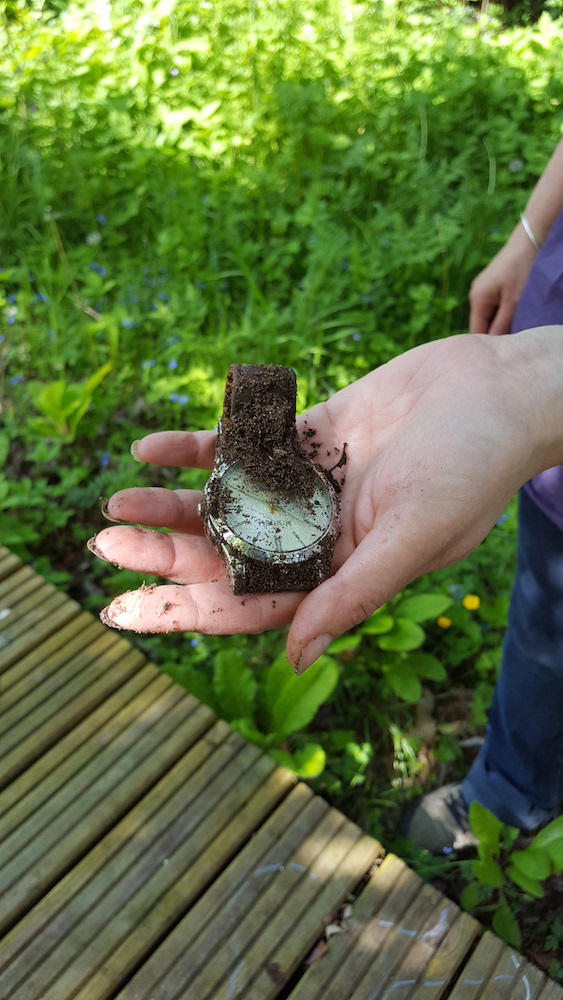
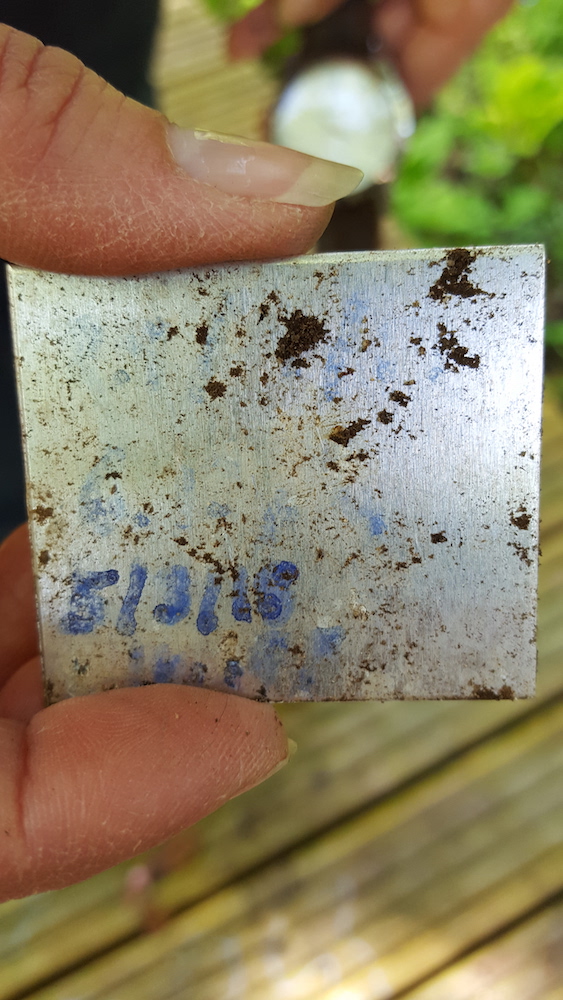
The old one with hands was still working but had been affected with a few condensation drops inside the glass and the beginnings of a filigree of deterioration on the metal back. Snails? Bacteria? The PH and workings of the earth?
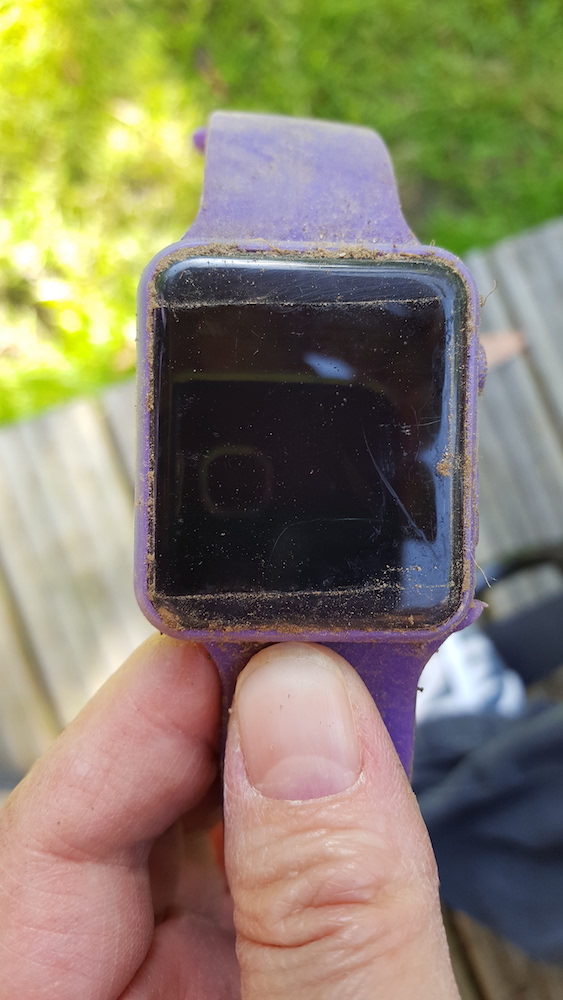
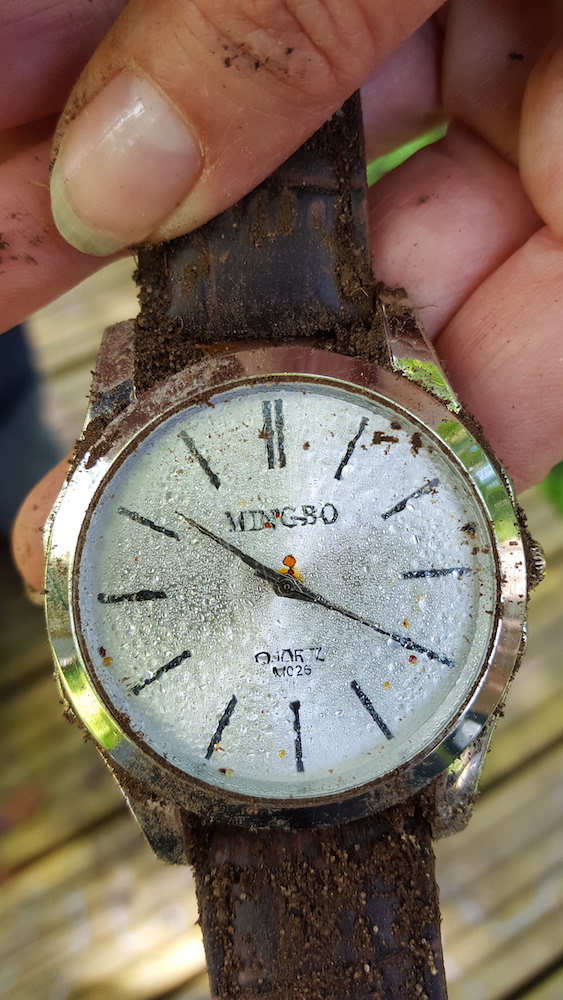
The wooden watch had completely disappeared. We dug around, re measured its location and were about to start again using the previous photograph to re-create the crime scene when it started raining.
Time to go in and build a water clock.
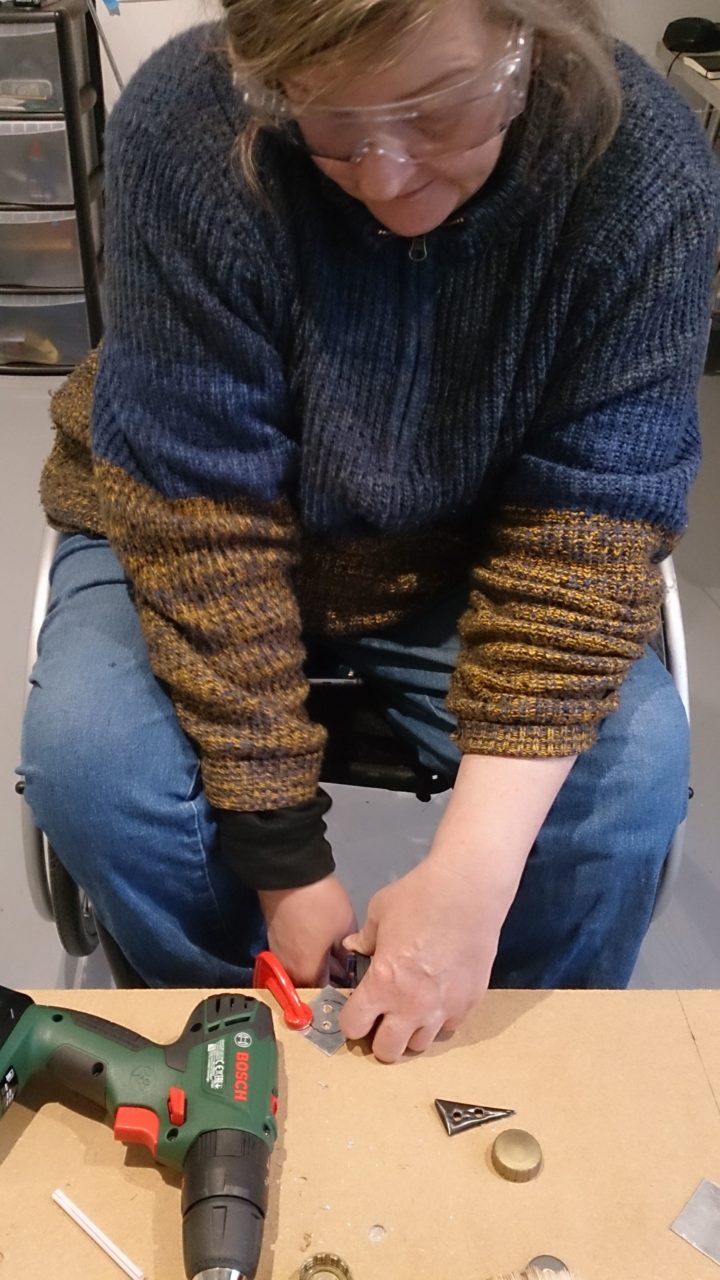
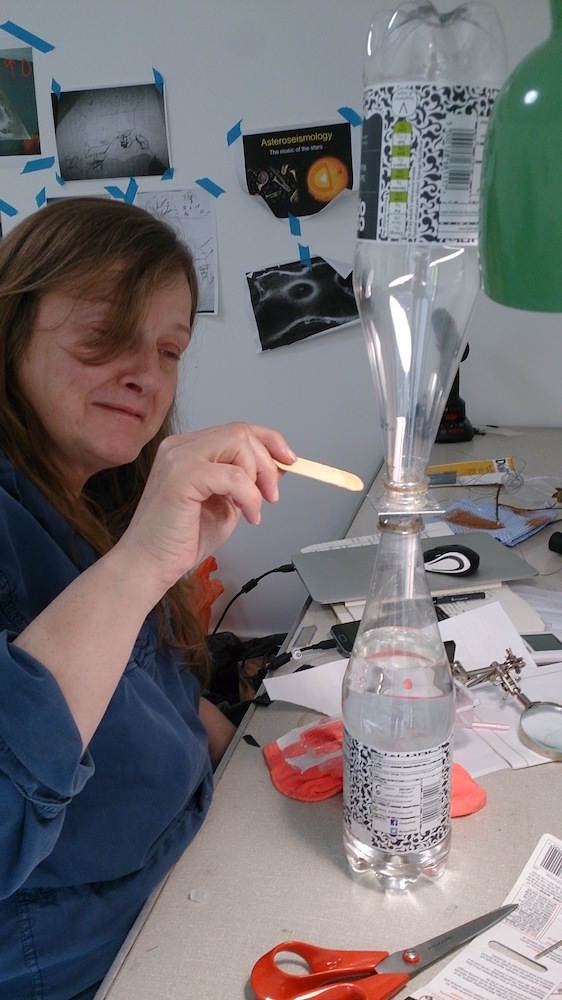
Using what was in the kitchen and studio we made a start, it took more time than anticipated to find the right materials and we left it to dry overnight and decided to go for a walk before the light went out of the sky.
The only piece of technology we had allowed ourselves for this day was a digital clock that ran on water we had discovered through researching the net.
We came back from the walk and it was dark and time for a cup of tea. The clock runs by pulling ions from the water to create a battery. As soon as it was filled with tap water it began to run. Amazing could we upscale this in the future to run bigger things? When the all the ions are taken out the battery stops working and you refill it. You also have a way to de-ionize water.
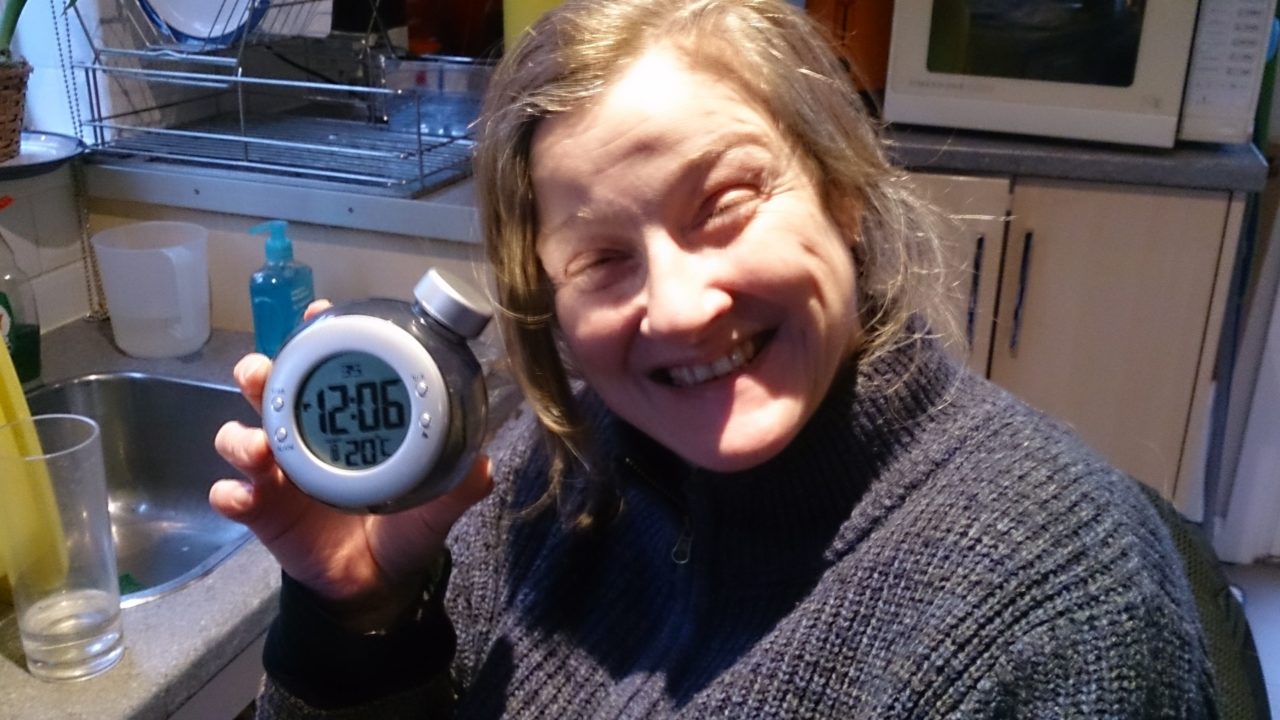
Lastly we finished the water clock we had started and left overnight for the glue to dry. We were really happy with the ‘moments’ and ideas we had collected edited and explored for a future project and to be fair weren’t expecting much.
However just before Rachel left the morning of the next day it was sunny and bright and we thought we’d give it a go and what happened with a few bits of plastic, metal, light, shadow, sound and 37 seconds was rather magical, see video.